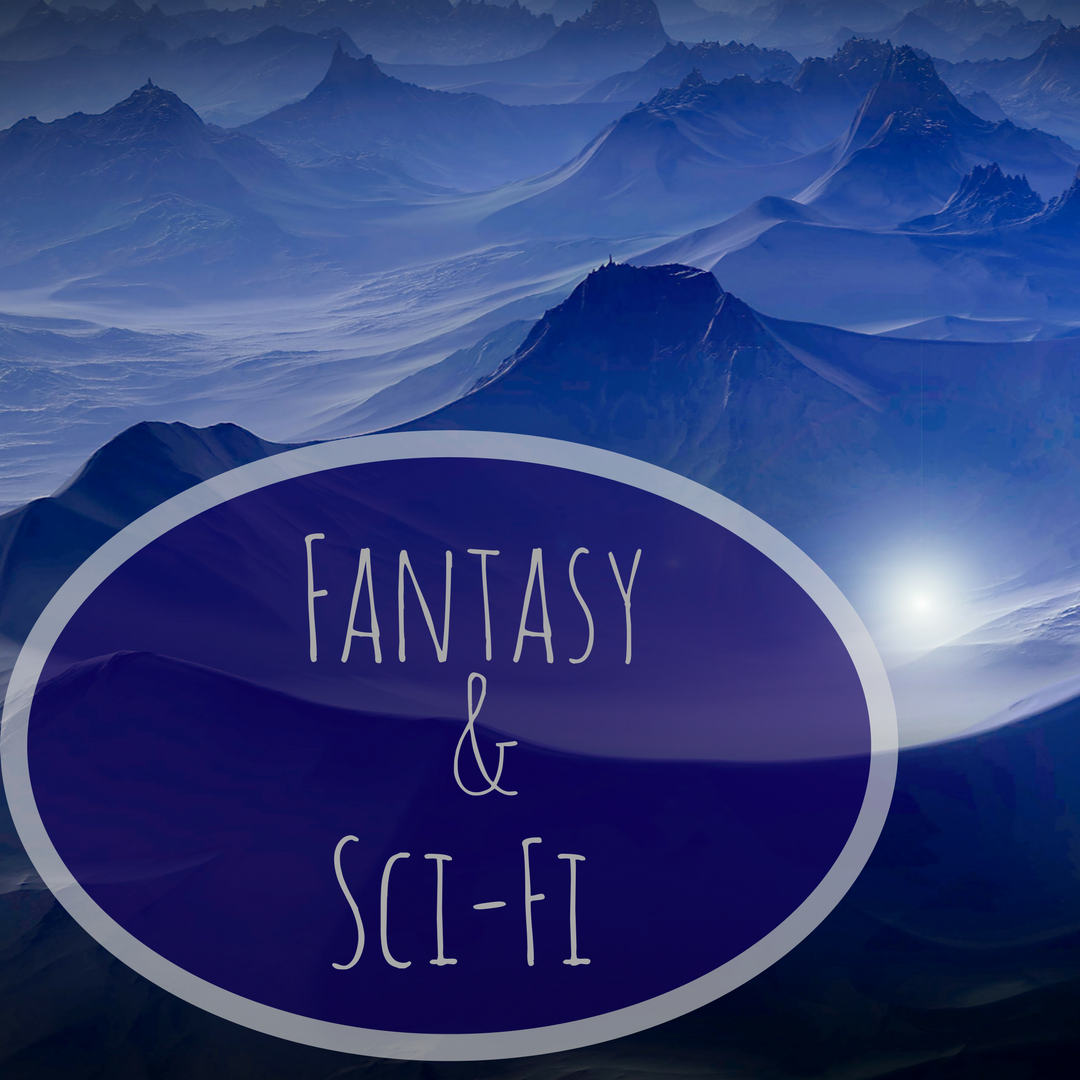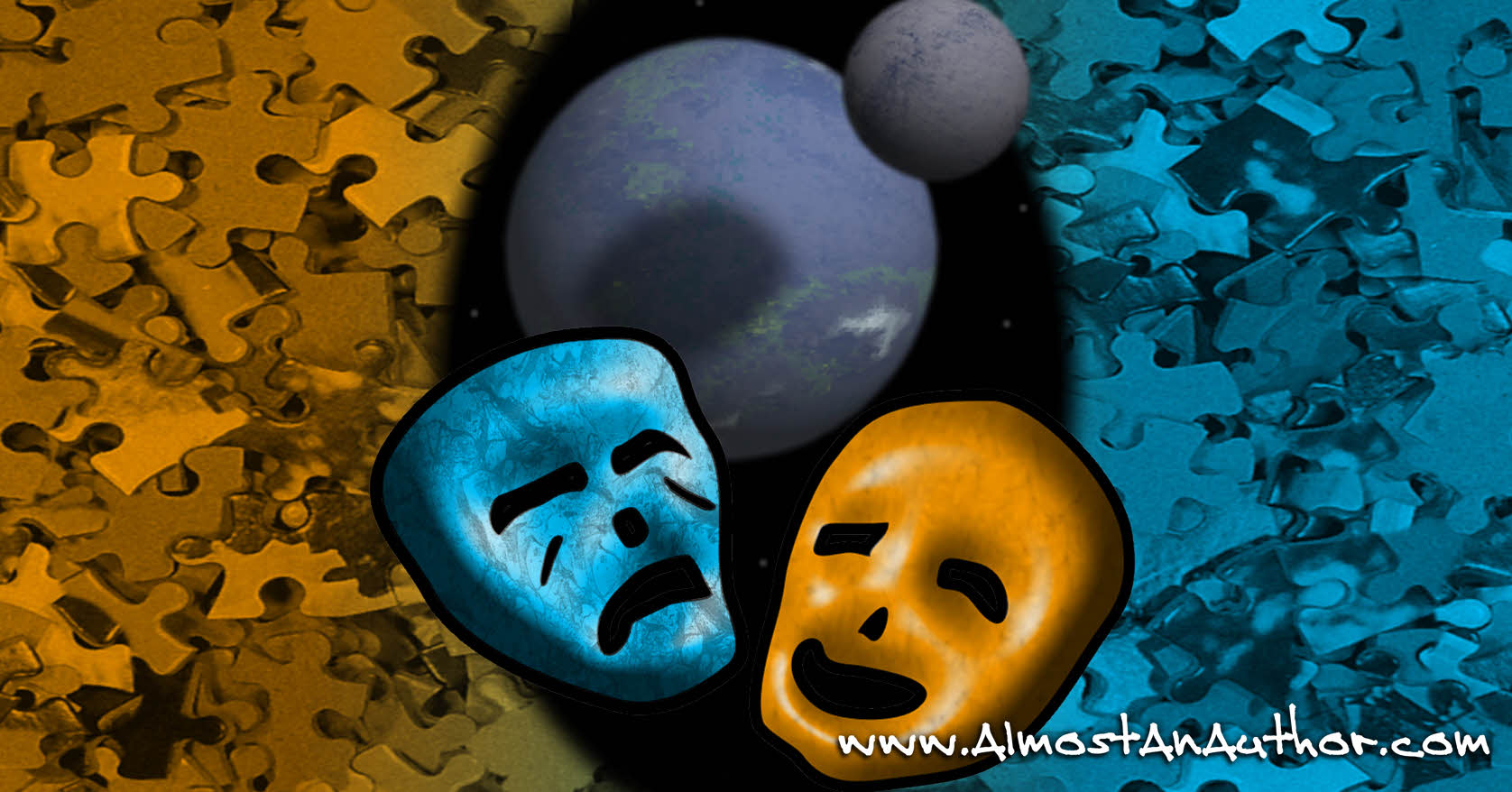It takes a spell-binding plot and evocative characters to create a memorable story. Some writers meticulously plan each plot point, others put their characters into interesting situations and write to discover what happens.
Regardless of your personal writing style, using setting as a pivotal character, even a villain, can take your story to a whole new level.
As an example, let’s break down two lines of dialogue, both in different settings.
Setting one: A sunny beach in the Bahamas, filled with tourists and vendors. Two characters are laying on towels reading their favorite book (possibly yours?), surrounded with half-eaten snacks. They overworked the past year, and this is vacation time their boss told them to take. Their dialogue goes like this:
Person One, “Before we have to go, you promised to tell me about that time you were working in London but were forced to step down.”
Person Two, “Maybe a different time? This isn’t exactly an ideal situation to revisit that.”
As a reader, what mental images did you conjure? Did you feel a sense of urgency? Probably not. They’re on the beach, after all. Reading. You may be able to understand why Person Two doesn’t want to ruin a perfect vacation day revisiting the past, but you’re probably more irritated they won’t share than empathetic with why they may not want to.
With that in mind, let’s look at the following situation.
Setting Two: A dark, abandoned warehouse. Our two characters are handcuffed to chairs, surrounded by members of the gang they’ve been undercover with for a week and a half. They’re about to be transported to a ship where they will be tossed overboard and left for dead. Their dialogue goes like this:
Person One, “Before we have to go, you promised to tell me about that time you were working in London but were forced to step down.”
Person Two, “Maybe a different time? This isn’t exactly an ideal situation to revisit that.”
As a reader, what dialogue was most captivating? In both settings, the dialogue is the same, word for word. But the setting was much different. The setting added an urgency for the characters by taking on a personality of its own.
By swapping sunlight for darkness, a beach for a warehouse, and tourists for a gang, we upped the stakes in a just a few sentences.
In both situations, we want to discover what happened in London, but as readers, we’re more likely to turn the page based on setting two.
Not only do we want to figure out what happened, but we want to find out if they’ll live long enough to allow us to find out. The setting is a villain in the sense that it’s keeping us from our goal of finding out what happened in London.
Using setting as an added villain for your characters’ will captivate your readers and keep them turning pages until the very last one.

Sarah Rexford is a Marketing Content Writer, working with brands to grow their audience reach. She studied Strategic Communications at Cornerstone University and focused on writing during her time there, completing two full-length manuscripts while a full-time student. Currently she trains under best-selling author Jerry Jenkins in his Your Novel Blueprint course and is actively seeking publication for two books.
Instagram: @sarahjrexford
Twitter: @sarahjrexford
Web: itssarahrexford.com




 We love helping your growing in your writing career.
We love helping your growing in your writing career.

No Comments